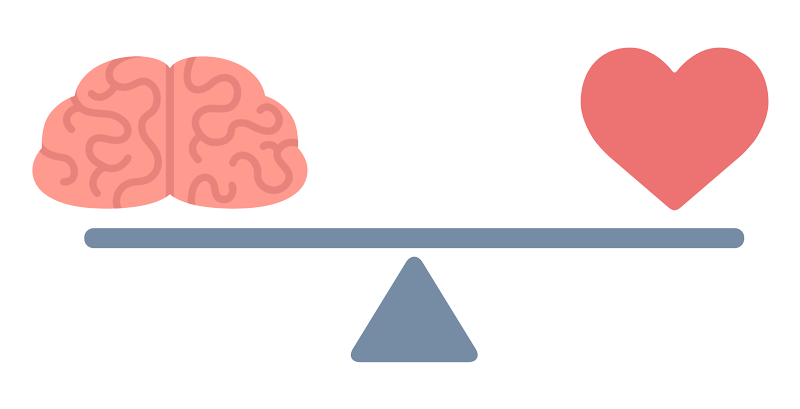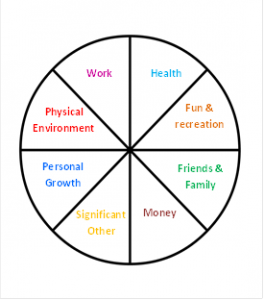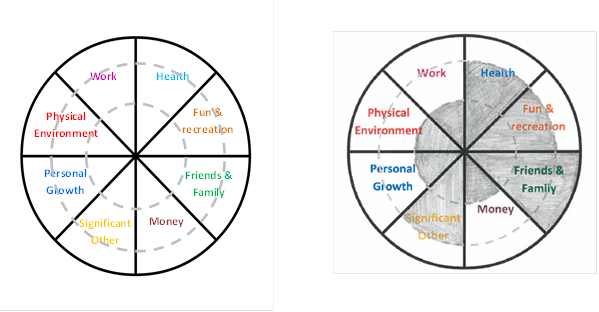A Balanced Life and Psychological Safety
Click here to read: ‘What is Psychological Safety?’
The idea of creating balance in our lives is certainly not a new concept. It is now however, that this concept is most relevant. In an age where technological advances certainly show no sign of slowing down, our ability to stay up-to-date and in touch with work and its demands has never been greater. So how do we obtain balance in our lives? Why is it important and how does it relate to Psychological Safety?

Achieving a balance between work and life factors is important for you to attain both psychological and physical Wellbeing. It is important for you to function optimally at work; your motivation, energy and performance all benefit from sufficient time and space from work and work demands. It is important for your Wellbeing both at work and at home.
There is certainly no ‘one size fits all’ approach to finding the right balance. It depends on a range of factors: your own capacity to cope with multiple demands, the type of work you are involved in and the range of non-work factors you have to cope with, such as caring for elderly relatives and young children, or long commutes.
Measurement
Work/life balance can be measured in several dimensions; time dedicated, priority, success, energy levels etc. When considering Wellbeing however, it is most useful to measure Contentment.
Contentment is achieved when ones expectations are met. For example, if at work one can reasonably expect career progression, personal/career development and/or to obtain job satisfaction then, if these expectations are met, one is more likely to be contented. Clearly if they are not met one may well be discontented.
The Balanced Circle is an insightful way of evaluating the balance of contentment within your life. The circle is divided up into the general components outlined below.

Health – both physical and psychological.
Fun & recreation – the things you enjoy.
Friends & family & significant other – those who you enjoy spending time with.
Money – remuneration for the work you do.
Personal growth – learning new skills to enhance capability and capacity both physically and intellectually.
Physical environment – where you work and live.
Work – your current and future job roles.
Individuals can mark their level of contentment in each area using the diagram below.

It can be useful to consider the Balanced Circle as a wheel. Equal levels of contentment in all areas would result in a smoother, circular shape that can spin or rotate easily. One is likely to experience a smoother life experience or ride. An irregular shape however would cause ones ride to be bumpy.
Whilst the appropriate balance is likely to be specific to the individual, one should broadly aim to create overall optimal contentment shared largely equally between areas. Like for the wheel, significant differences between components will lead to a more unbalanced, bumpy experience. It is important to remember that contentment is a dynamic measure, natural or unexpected changes will happen and the shape will be different at different stages of one’s life. However, one may be better equipped to deal with these changes when content in most other areas of their life.
So, how does this all relate to Psychological Safety in the workplace?
One component of the wheel is Work. The level of contentment in this component is largely affected by work factors be it your job type, workload, working hours etc. However, Work is not a self-contained component. Work is likely to affect many other components of the circle. For instance, it will affect ones financial position which will impact on the level of spend on fun and recreation, friends and family and so on.
In order for individuals to function at their optimum in the workplace, they require appropriate time away from the workplace and from its demands. This includes both physical time away and time away from access to emails and phone calls. This not only includes holidays, where individuals should be encouraged and expected to switch off from work, but in the evenings and weekends too (or relevant non-working hours).
Where Psychological Safety is present in the workplace employees are more likely to be engaged with organisational goals and values, be motivated and are less likely to take unnecessary sickness and leave. In this context Psychological Safety is concerned with a work environment that is conducive to enabling you to Thrive at work.
Where such an environment exists, the potential for work contentment is high. Where it is not, it can lead to worry, anxiety, or dissatisfaction and an imbalance between work and home.
Where Psychological Safety is present in the workplace, individuals are likely to score more highly on other components as well. For instance, improved psychological Wellbeing in the workplace is likely to benefit one’s mental health, or support and encouragement may aid one’s personal growth.
Employers can recognise that not only is Psychological Safety important for employees to achieve a balanced life, but that a balanced life is also important for employees to achieve Psychological Safety.
Hence, it is not only in the Work component that an employer should be interested.
In addition, employees that engage in regular physical exercise and take part in other enjoyable activities outside of the workplace are likely to have better physical and mental health. Employers can offer and encourage exercise or fitness activities. This could be as easy as encouraging employees to find a more active way to travel to work, or to endorse activities at work or from work that promote physical activities.
Providing Psychological Safety in the workplace is likely to improve performance, energy, and motivation at work, as individual’s contentment not only improves at work, but in other life factors.
Employers should evaluate if the following five components are in place to achieve Psychological Safety:
- Are work demands sustainable?
- Are work relationships constructive, supportive and value driven?
- Are work challenges, tasks and skills in balance?
- Is autonomy/control optimised?
- Do leaders and managers actively pre-empt Psychological Harm and promote Wellbeing?





